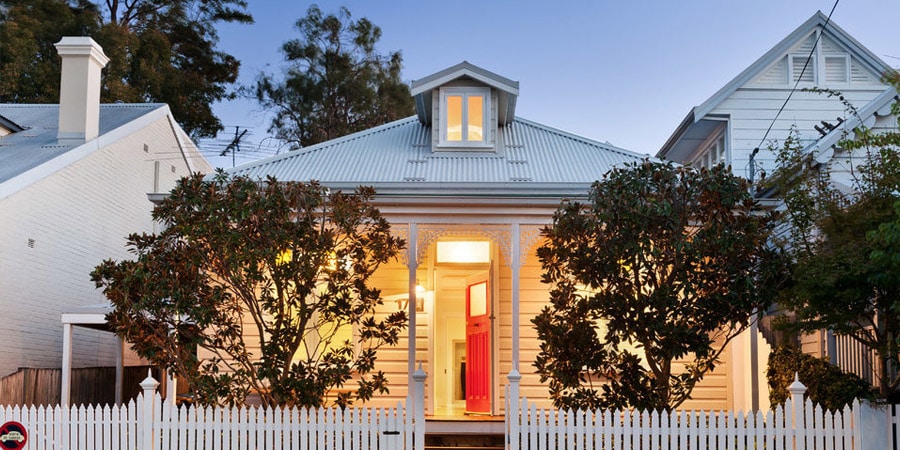There are many steps which you can take to help realise your goal of saving for your house deposit sooner, so it’s important to familiarise yourself with them and look to employ as many as you can wherever possible. Some of the key steps include:
Create a detailed budget
The most important thing is to set a household budget to follow in the leadup to submitting your deposit. This will help you determine where your money is going, where its usage can be improved and what amount is comfortable and reasonable for you to put aside each week, fortnight or month. Using this budget, you can narrow down what expenses are essential for you (such as food and rent) and which aren’t (such as costly gym and entertainment subscriptions you may not be using) to help you maximise the funds being dedicated to your deposit saving.
Set yourself savings goals
Using your household budget, you can determine what your ideal savings goals are. While you may have a specific amount in mind to pay for your dream home (which you can work out by multiplying the indicative cost of a home by the percentage of deposit you want, such as $500,000 x 20% = $100,000), the time taken may be more difficult to work out.
By determining what you can afford to save each week or month, you can calculate the time it’ll take you to save for it. For example, if you were able to put aside $300 each week and were aiming to save an extra $30,000, you’d be able to work out that it’d take you less than two years to reach it. Having clear timeframes in mind can provide greater incentive and motivation to reach your goals. You can use Savvy’s savings calculator to help work out how long it’ll take for you to reach your goal.
Maximise your personal savings
Of course, there’s more you can do with your savings to help bring your deposit goal closer within reach. You should always look to secure a high interest savings account in which to house your savings, as the interest generated each month can make a big difference. Using the previous example based on an existing savings balance of $70,000 and a goal of $100,000, you could reach it in three years by contributing just over $175 each week and would generate more than $2,500 in additional savings with a 1% p.a. interest rate.
Get on top of your outstanding debts
Debts such as credit cards and personal loans come with interest which can mount over time, potentially costing you thousands of dollars more than if you’d paid them off at a faster rate. That’s why it’s important to pay off as many debts as you can as soon as possible when saving up for a home purchase deposit. This is especially the case for credit card debts, as these are often high interest but, when paid promptly, the interest debt is reduced significantly compared to a minimum monthly payment, which could end up taking decades.











